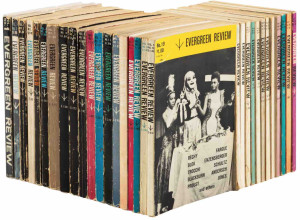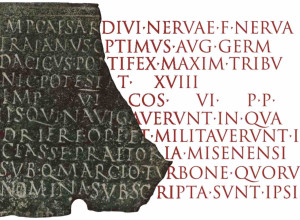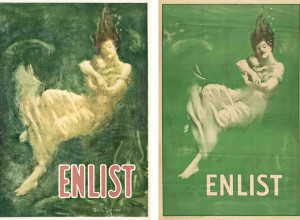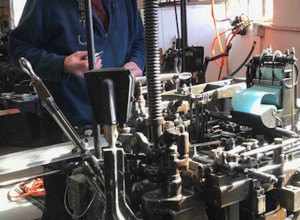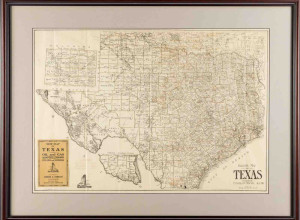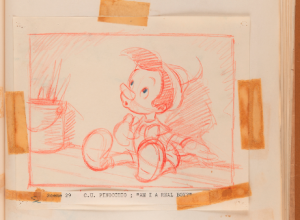Library of Longleat House Manuscripts at Frieze Masters 2025

The St-Benet Holme Apocalypse. Berengarus, Expositio super septem visiones libri apocalypsi. Manuscript in Latin on vellum. England, probably Norfolk, late 11th or early 12th century.
For this year’s edition of Frieze Masters Dr. Jörn Günther Rare Books will display English manuscripts from the Library of Longleat House which is the seat of the Marquesses of Bath.
They recently acquired manuscripts were built up in the 16th and 17th century by the Marquesses of Bath. The earliest masterpiece from the selection appearing at Frieze Masters (running October 15-19) is The St Benet Holme Apocalypse, a rare example of the early Anglo-Norman book arts, most probably made in Norfolk in the 11th or 12th century.
It contains Berengaudus’ Expositio super septem visions libri apocalypsi featuring a fullpage illustration and a historiated initial formed of a man fighting with a fantastic beast. It is the earliest known manuscript from the medieval library of the Abbey of St Benedict, in St Benet Holme.
Other highlights include:
- The Canterbury Saint-Augustine Compendium, a rare collection of treatises that connect science and religion 17 fascinating scientific diagrams and numerous astrological annotations - made before 1230 in the Saint Augustine Abbey in Canterbury, it represents one of the only two books from this scriptorium remaining in private hands
- a copy of John de Burgh’s Pupilla Oculi, accompanied by other collections of canons of English Church councils, made in London between 1415 and 1420, showcasing spectacular illumination by the Corpus Master
- The Roman de Tristan, a copy that includes the first volume of the narrative, including a significant part of the tale of Tristan and Iseult, created around 1445 in Northern France
- Antiquitates Iudaicae by Flavius Josephus from the library of Cosimo di Giovanni de’ Medici, the first volume from his library to appear on the open market since 1908, with an extremely rare early Medici binding
- The Hours of Catherine of Aragon from Parisian illuminator Jean Pichore and his workshop - created before 1509, this copy features an unstudied portrait of Catherine of Aragon and her betrothed Henry VIII of England, as well as border ornaments containing pomegranates, the emblem of the future queen, and 24 fully illustrated calendar leaves with portraits of saints, zodiacal signs in the margins and the labours of the months in the bas-depage.











